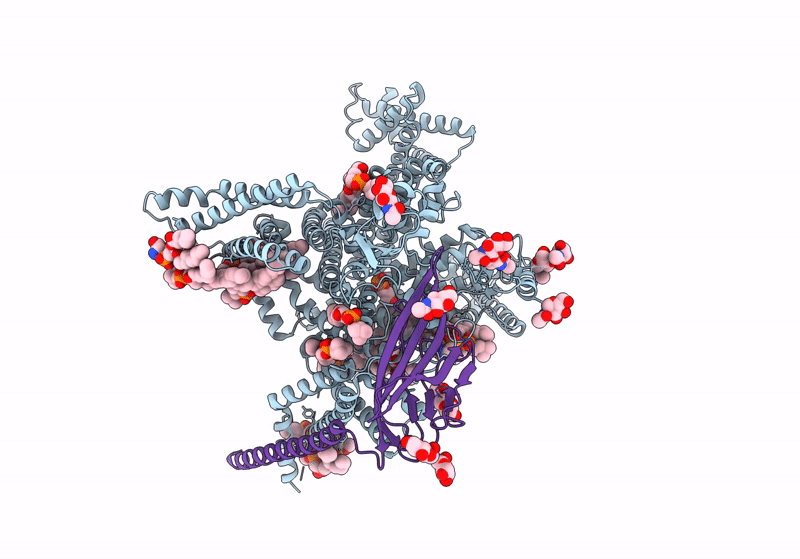
Deposition Date
2023-12-27
Release Date
2024-03-06
Last Version Date
2024-10-09
Method Details:
Experimental Method:
Resolution:
2.89 Å
Aggregation State:
PARTICLE
Reconstruction Method:
SINGLE PARTICLE


